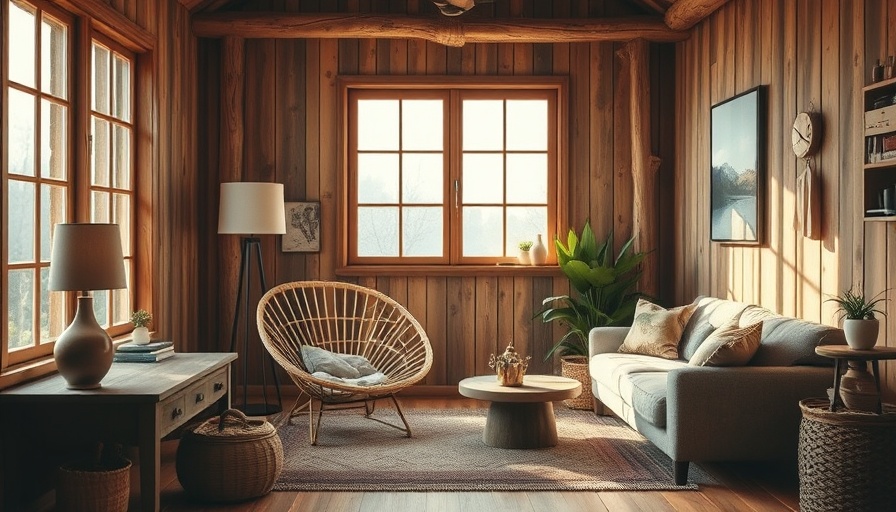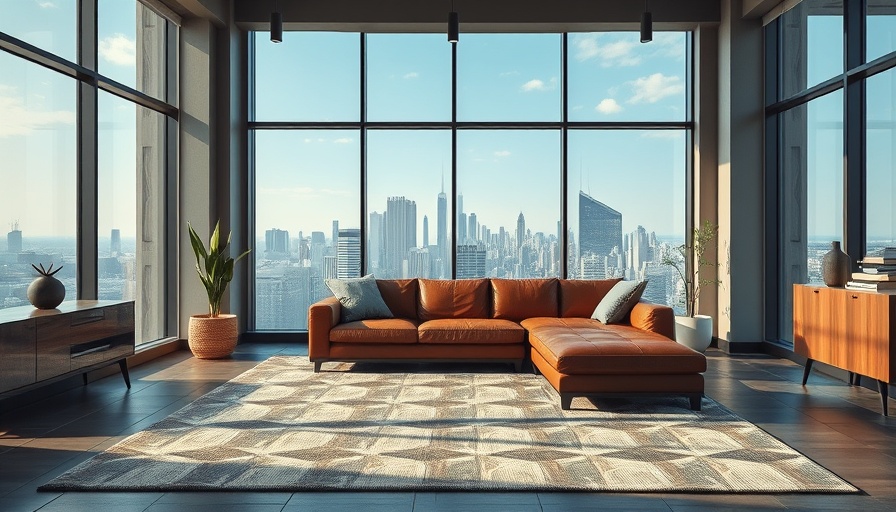
Understanding the Moisture Challenge in Brooklyn Basements
As a homeowner in Brooklyn, you're likely all too familiar with the concerns surrounding basement moisture. The unique geological features of the borough mean that during heavy rainfall or snowmelt, water can quickly accumulate in basements, leading to risks of flooding, mold growth, and structural damage. Investing in a top-notch sump pump is not just a precaution—it's a necessity to protect your investment and ensure your home remains a safe haven.
What is a Sump Pump and Why is it Essential?
A sump pump works by collecting water that may accumulate in a sump basin, typically situated in the basement. It then pumps this water out and away from your home's foundation, preventing flooding and significant water damage. Without a functioning sump pump, Brooklyn homeowners may face costly repairs and health hazards associated with mold and mildew.
Key Features to Look for in a Sump Pump
When selecting a sump pump, consider several critical features: the horsepower, materials of construction, and additional functionalities. For most Brooklyn homes, a 1/4 to 1/2 horsepower pump can get the job done, but if your basement is particularly large or your area prone to flooding, you might need something more powerful. Look for pumps constructed from durable materials like cast iron or stainless steel that ensure longevity. Automatic float switches can activate the pump when needed without additional effort from you, while backup battery systems are crucial for stormy weather when power outages are common.
Comparing Submersible vs. Pedestal Sump Pumps
Understanding the types of sump pumps available can significantly impact your choice. Submersible pumps are installed directly in the sump pit and operate underwater. They are generally more efficient and quieter but can be more expensive. On the other hand, pedestal pumps are mounted above the sump basin, which makes them easier to access for maintenance. However, they might not be as effective in certain scenarios, especially if the water level in the sump pit rises rapidly.
Top Sump Pumps for Brooklyn Homes
Are you ready to invest in a sump pump? Here are some of the best options tailored to meet the moisture challenges of Brooklyn homes:
- Wayne CDU980E: Known for its powerful ¾ HP motor, this submersible pump moves water quickly, making it a top choice for significant flooding situations.
- Zoeller M53: This pump is recognized for its durability and reliability, featuring a corrosion-resistant casing that enhances its longevity.
- Liberty Pumps 257: A strong workhorse with a 1/2 HP motor, it offers an automatic float switch and a robust build designed to handle heavy-duty use.
Common Misconceptions About Sump Pumps
Many homeowners assume that all sump pumps are created equal. This couldn't be further from the truth. Different models cater to various needs, and one-size-fits-all is rarely effective. Additionally, some believe that a pump will eliminate all moisture issues; however, maintaining proper drainage and waterproofing in your basement is critical for overall moisture control.
Actionable Steps to Enhance Your Basement's Protection
With the knowledge you've gained about sump pumps, consider the following actionable steps to protect your basement further:
- Regular Maintenance: Ensure that your sump pump is serviced regularly to prevent unexpected failures.
- Install a Backup System: For added security, a secondary battery-operated pump can provide peace of mind during power outages.
- Improve Drainage: Look into enhancing your property's drainage systems to reduce the reliance on the sump pump during heavy rains.
User Reviews and Experiences
Incorporating user experiences adds an extra layer of insight. Many homeowners share their satisfaction with submersible pumps, praising their efficiency and low-profile design. Others warn of the necessity of checking the pump regularly, as neglect can lead to sudden failure during peak rainfall, leaving the homeowner in a precarious situation. Reading reviews on trusted platforms can help ensure you choose wisely.
Final Thoughts: Protecting Your Investment is Key
Choosing the right sump pump for your Brooklyn basement is an essential decision that can help mitigate potential problems caused by moisture. By prioritizing durability, horsepower, and essential features like automatic switches and backup systems, you can safeguard your home against the elements.
Don't wait for moisture issues to arise—take proactive steps today. Whether you decide to invest in a powerful sump pump or reinforce your basement with supplemental drainage systems, every action toward moisture management is a critical step in protecting your home.
If you found this information helpful, share it with other Brooklyn homeowners to spread the knowledge about maintaining safe and dry basements.
 Add Row
Add Row  Add
Add 




Write A Comment